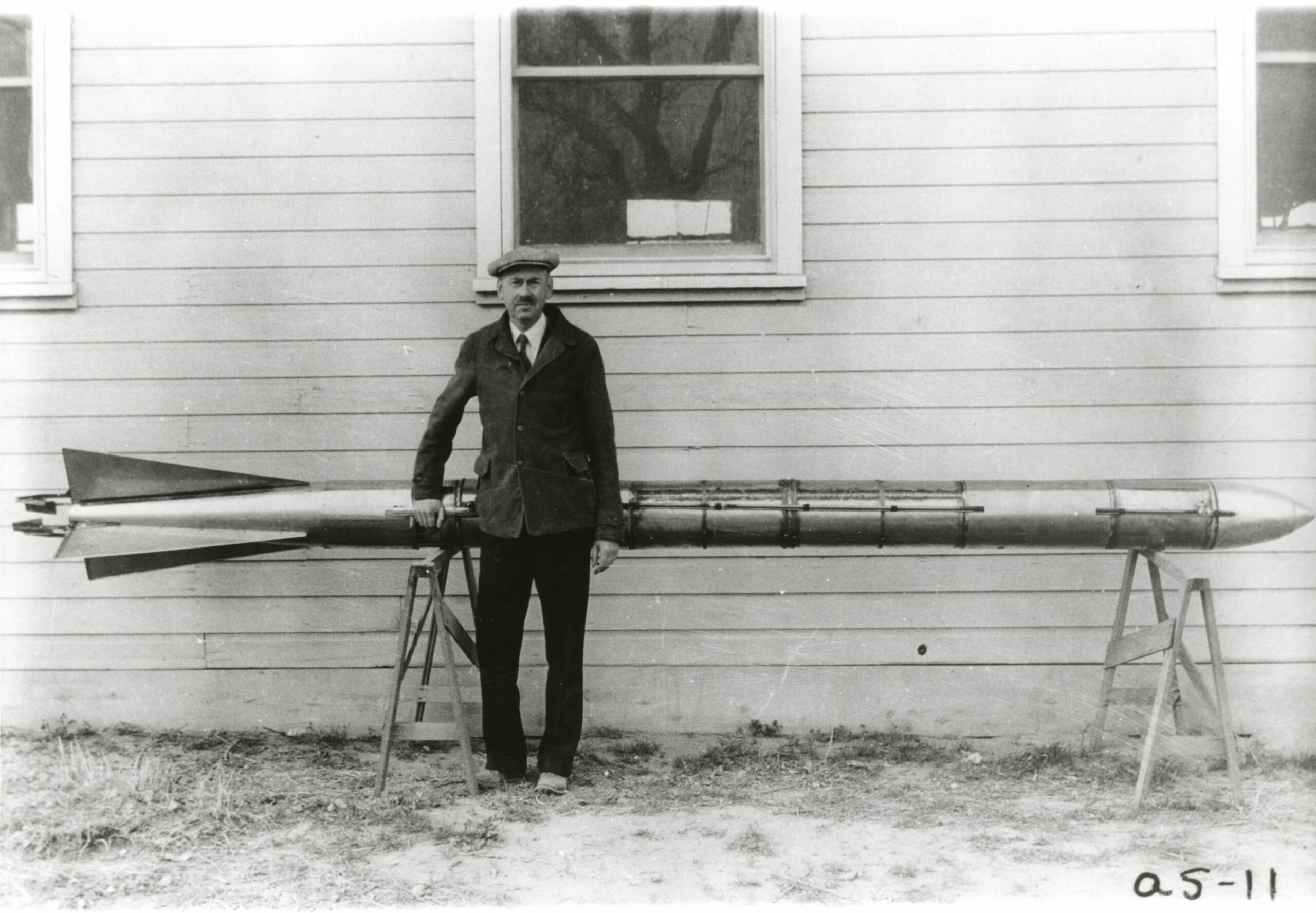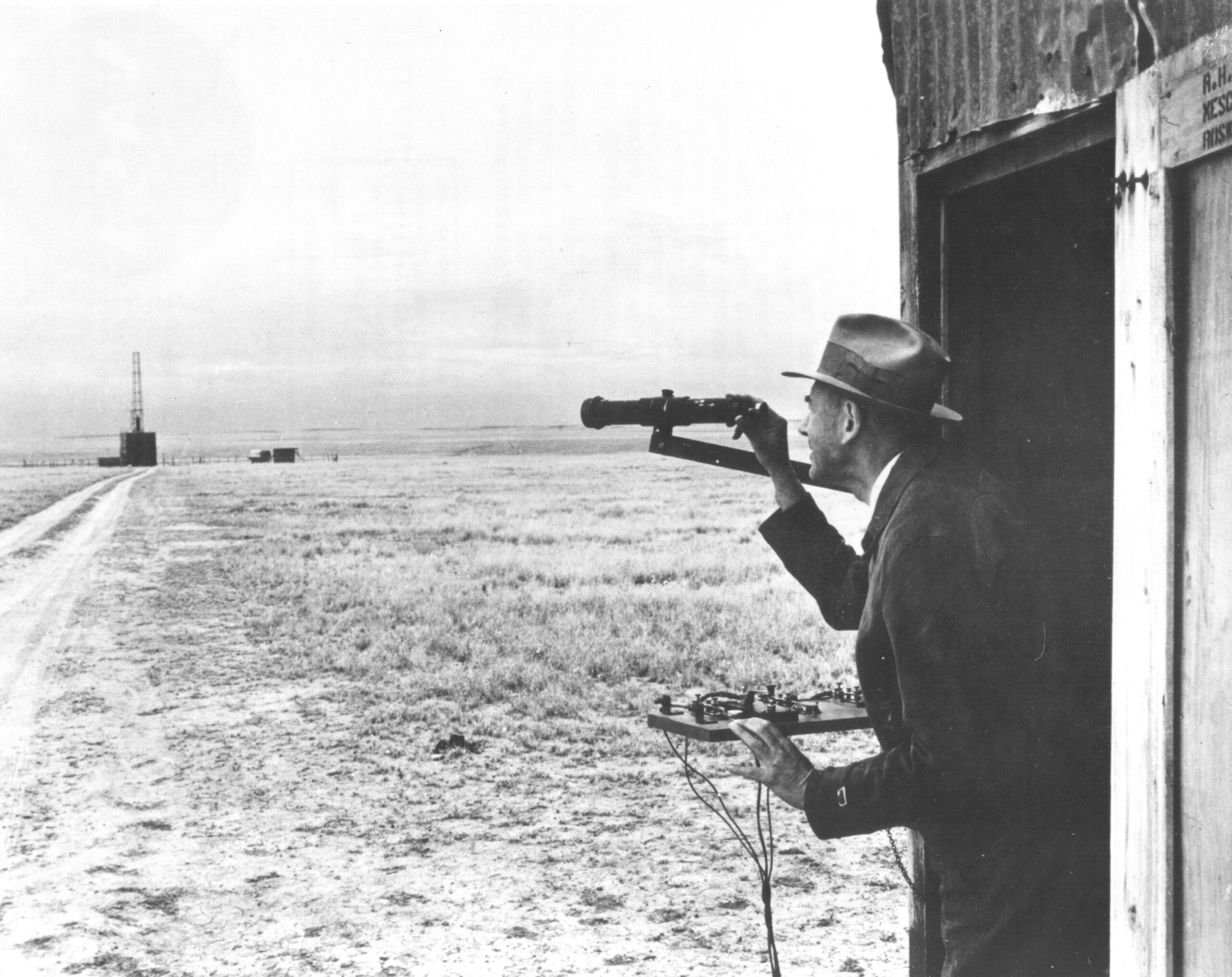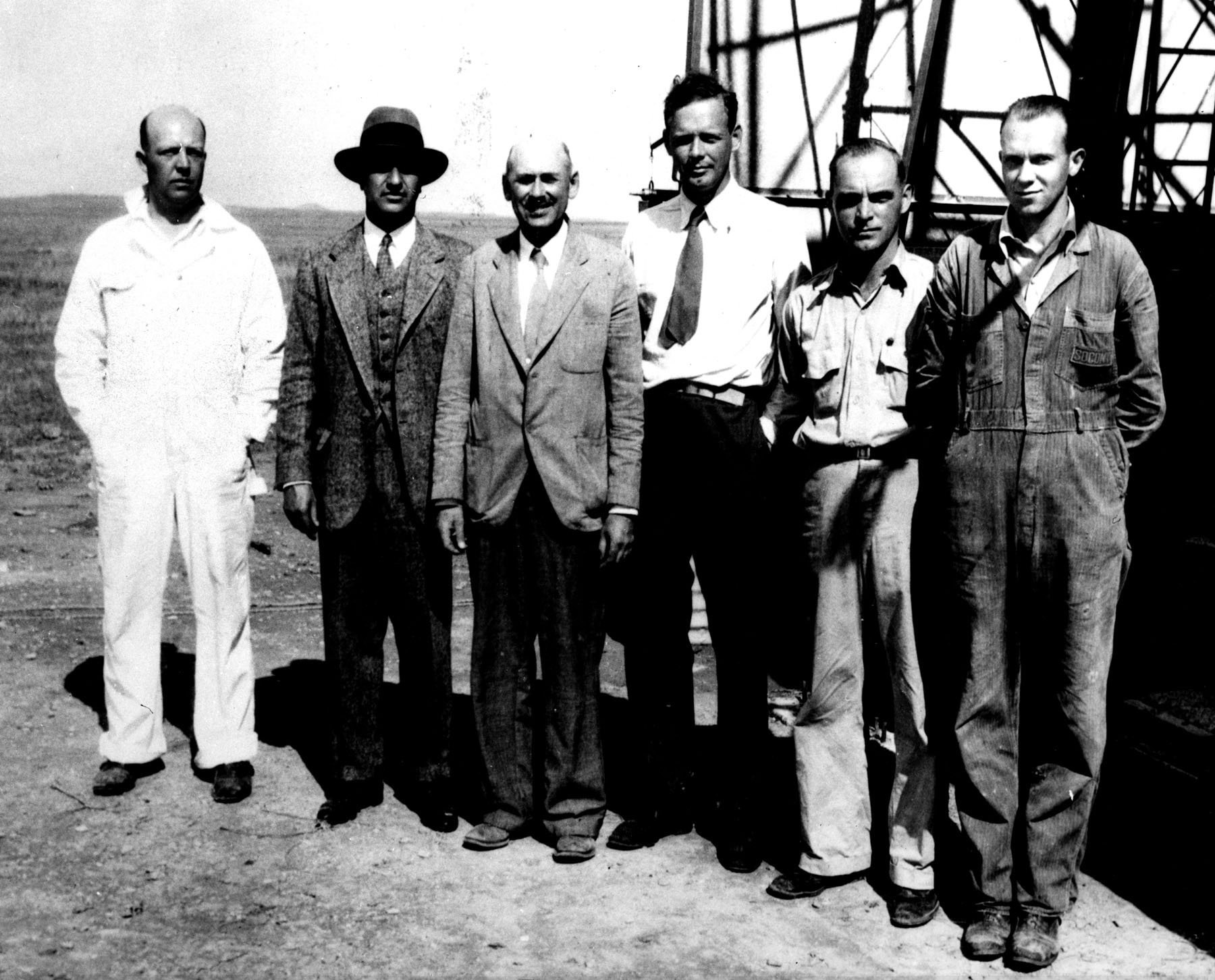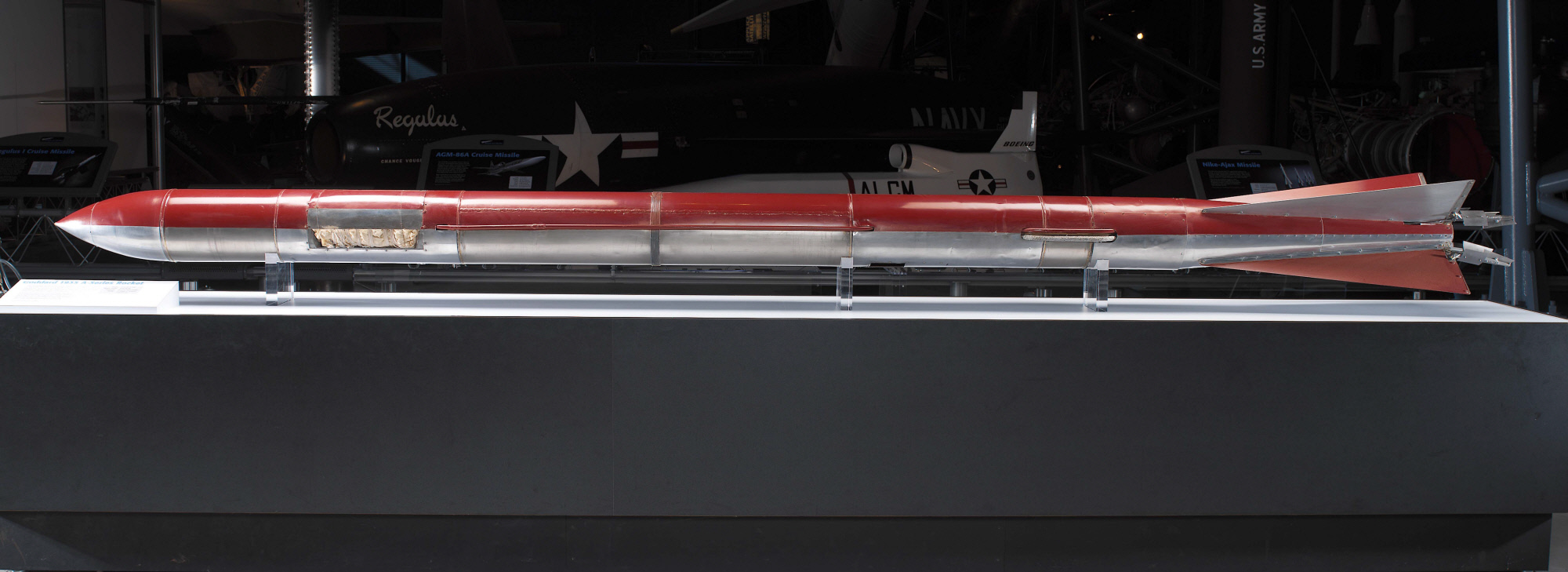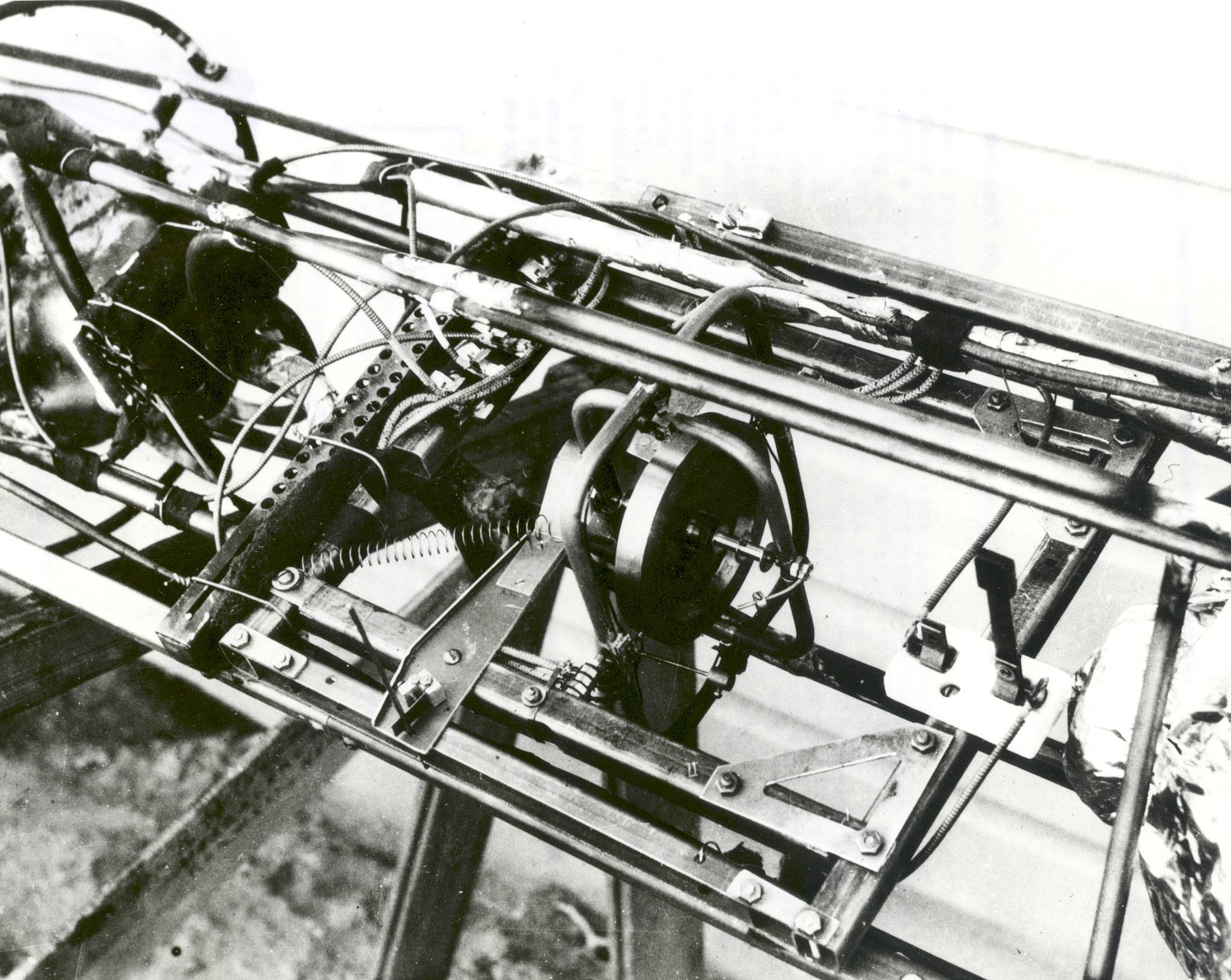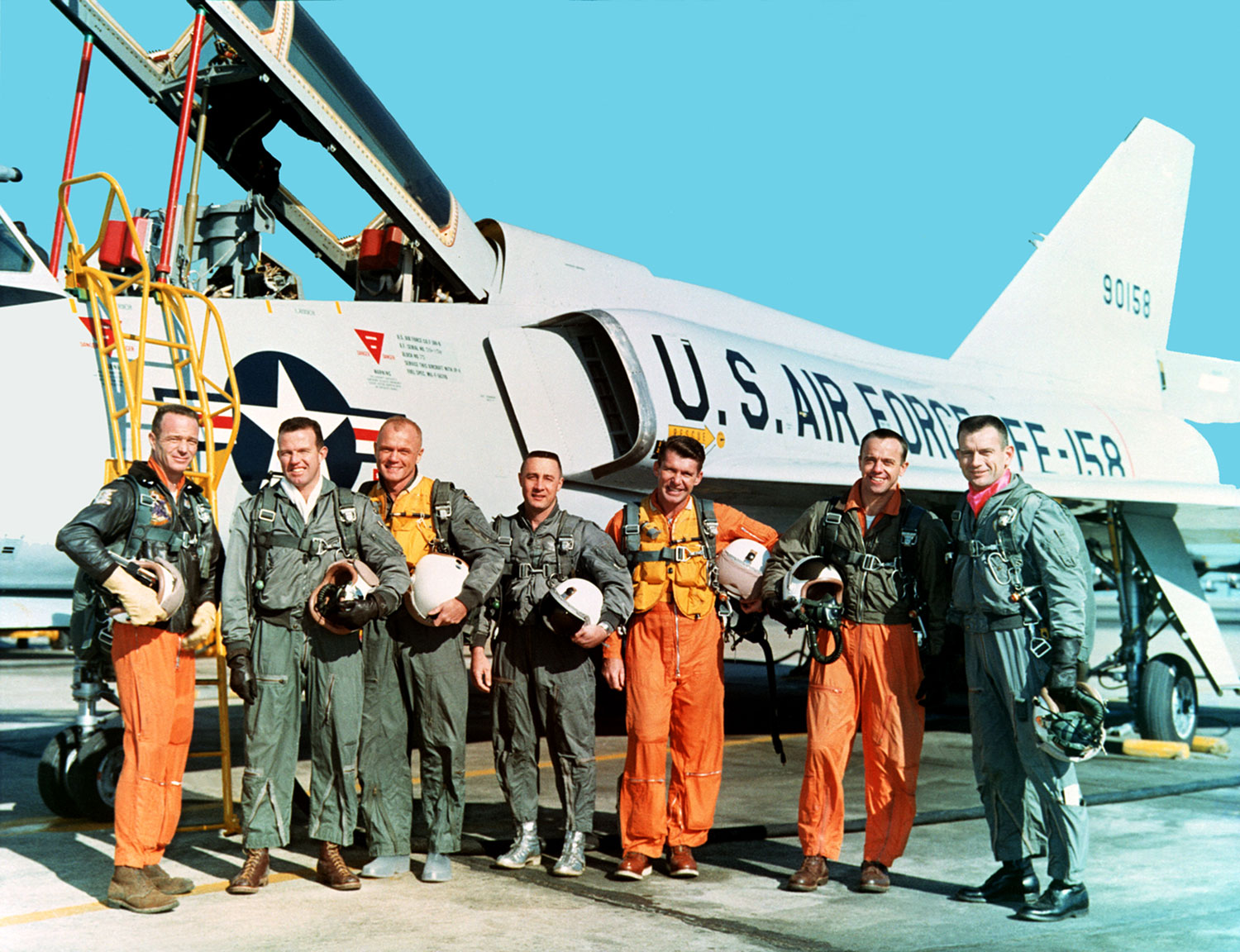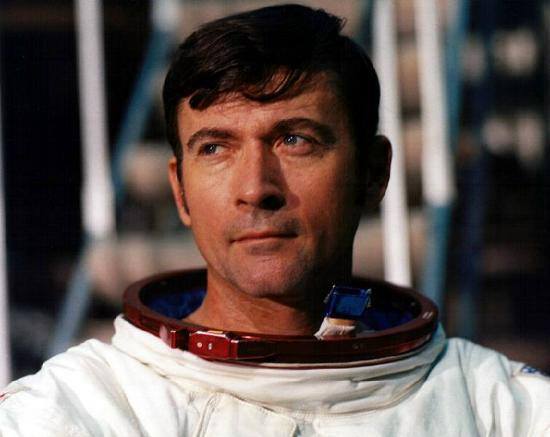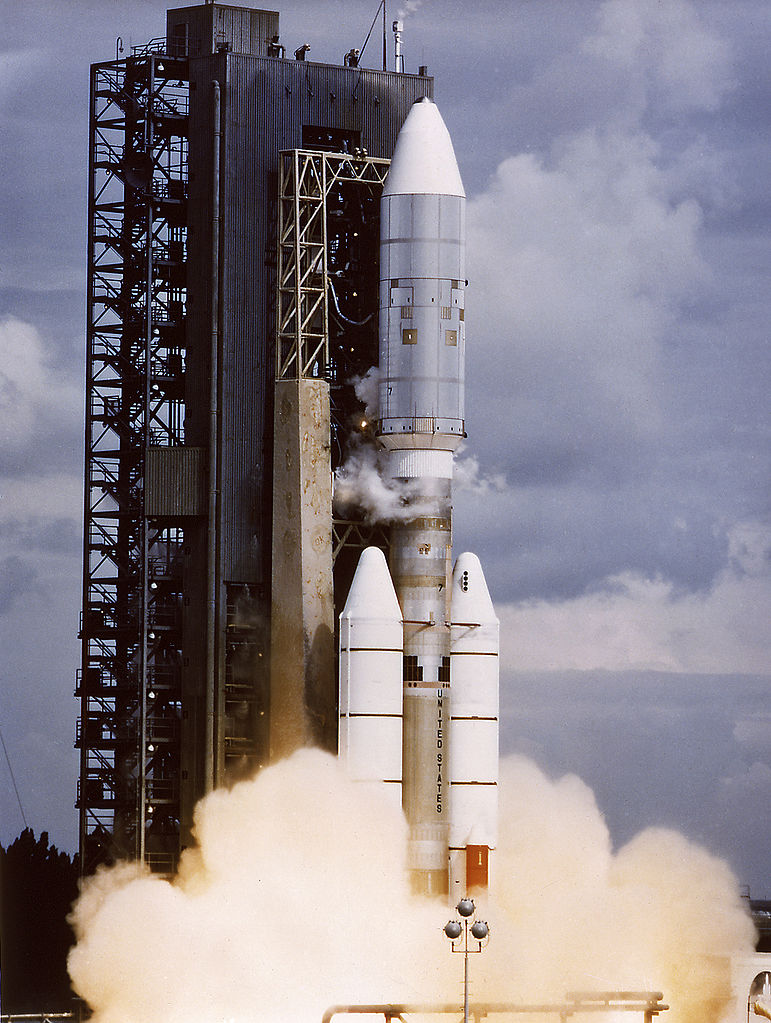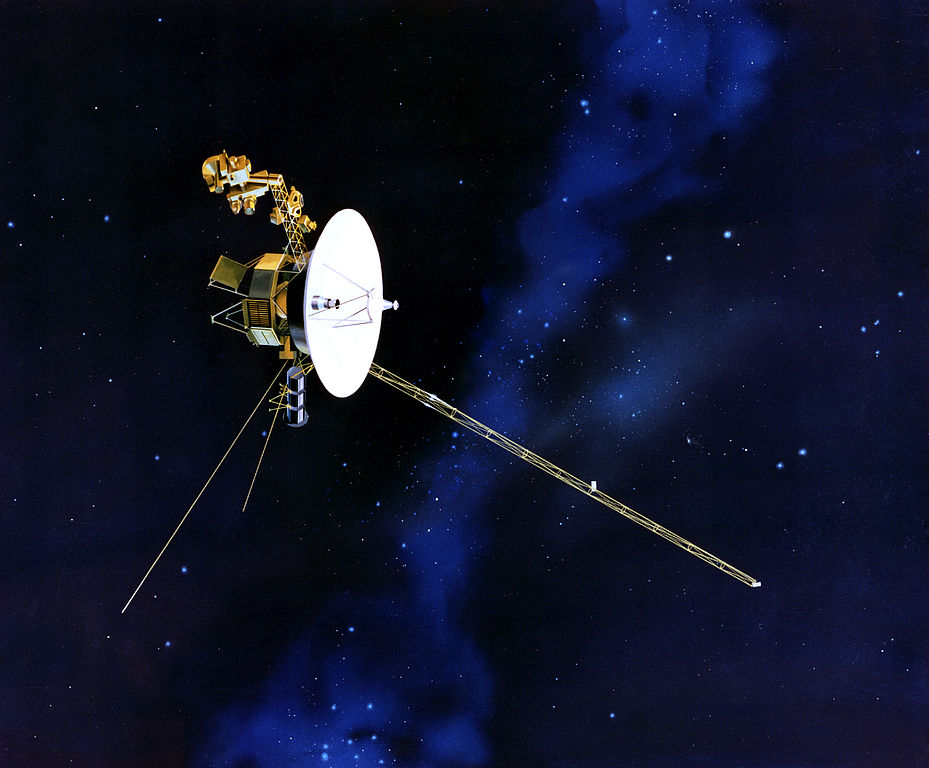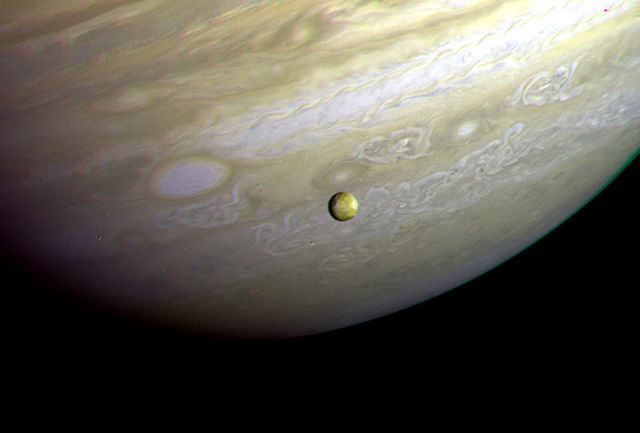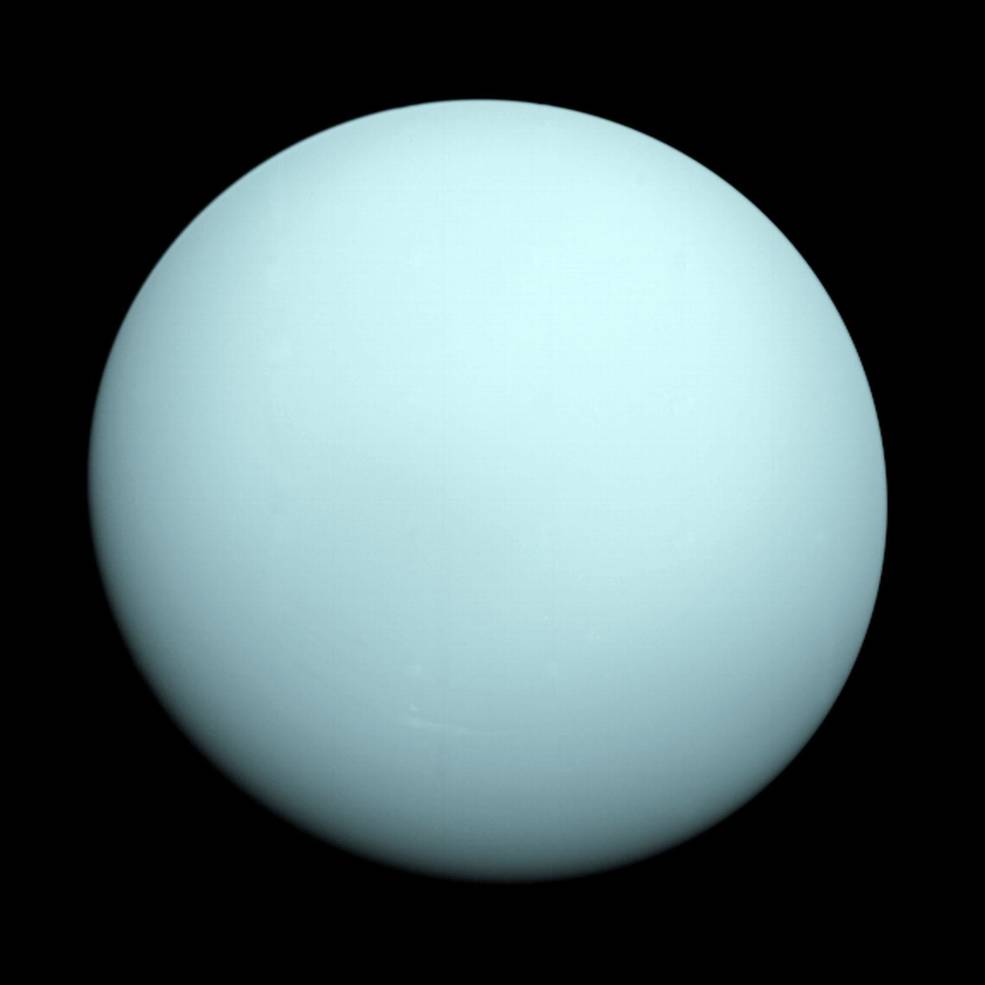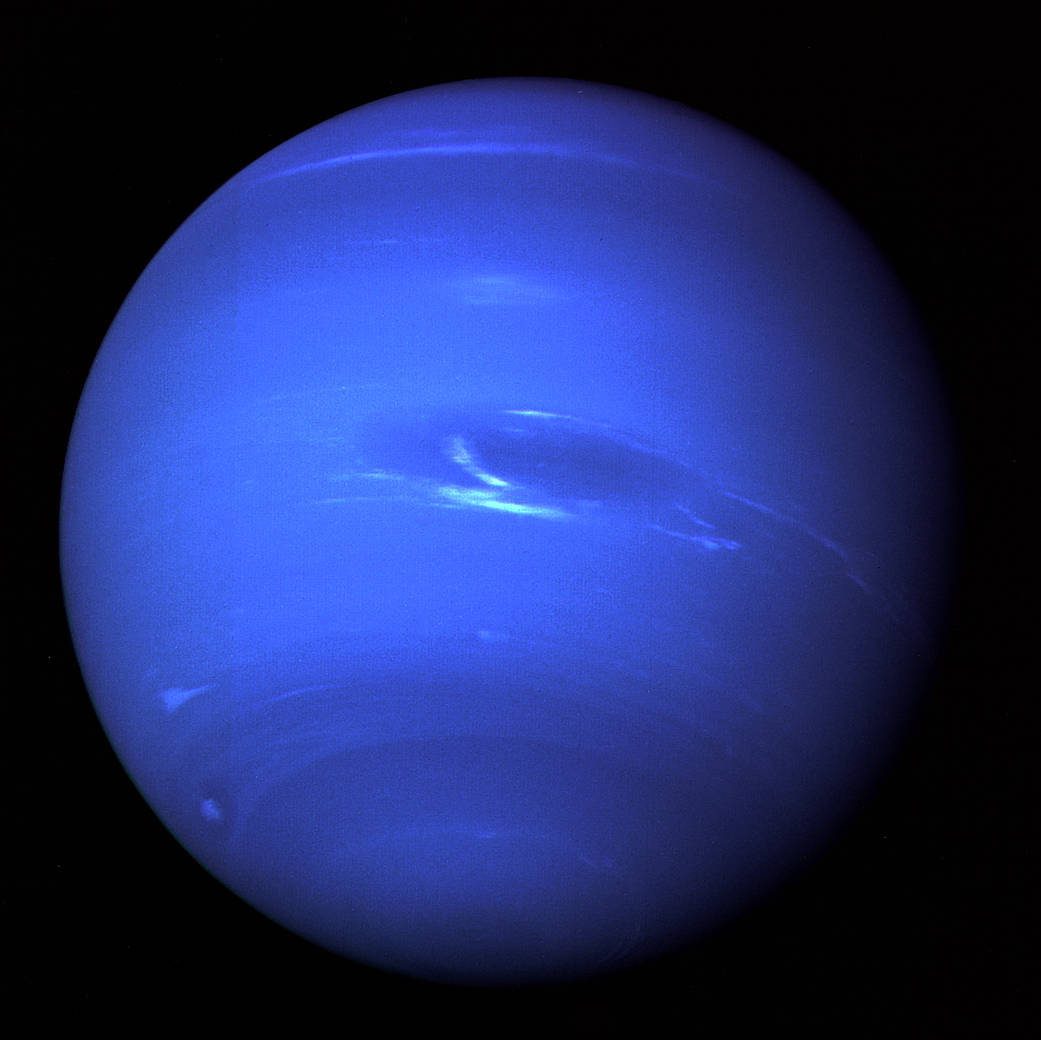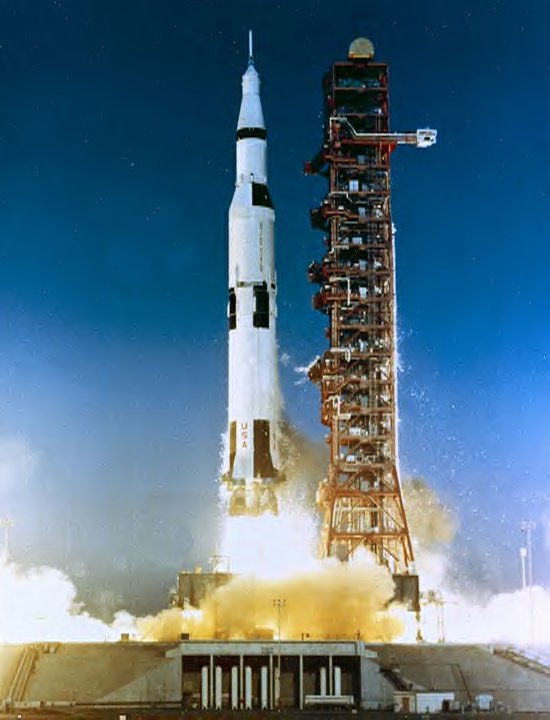
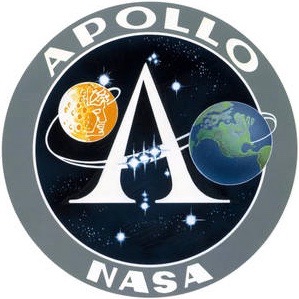 4 April 1968: At 07:00:01.38 EST, Apollo 6 (AS-502), the second and last unmanned Apollo mission, lifted off from Launch Complex 39A, Kennedy Space Center, Cape Canaveral, Florida. First motion was detected at Range Time 00:00:00.38. The purpose of the flight was to determine that an all-up Saturn V could attain Trans Lunar Injection. Because of engine difficulties, it did not do so, but data from the test gave mission planners confidence to go ahead with manned flights.
4 April 1968: At 07:00:01.38 EST, Apollo 6 (AS-502), the second and last unmanned Apollo mission, lifted off from Launch Complex 39A, Kennedy Space Center, Cape Canaveral, Florida. First motion was detected at Range Time 00:00:00.38. The purpose of the flight was to determine that an all-up Saturn V could attain Trans Lunar Injection. Because of engine difficulties, it did not do so, but data from the test gave mission planners confidence to go ahead with manned flights.
At T+2:05 the Saturn V experienced a severe “pogo” oscillation, but no structural damage occurred. Next, several structural panels from the lunar module adaptor section were lost due to a manufacturing defect. Finally, during the second stage burn, two of the five Rocketdyne J-2 engines shut down prematurely. Because of this, the planned circular orbit at 175 kilometers altitude was not achieved, instead, the spacecraft entered a 106.9 × 138.6 miles (172.1 × 223.1 kilometers) orbit, circling Earth in 89.8 minutes.
After two orbits, it was planned to send Apollo 6 to the Trans Lunar Injection point, but the third stage engine would not fire. The Service Module engine was used to boost the spacecraft to a peak altitude of 13,810.2 miles (22,225.4 kilometers) and a planned lunar re-entry simulation was carried out. Apollo 6 reached 22,385 miles per hour (36,025 kilometers per hour) as it reentered the atmosphere. 9 hours, 57 minutes, 20 seconds after launch, Apollo 6 splashed down in the Pacific Ocean north of Hawaii and was recovered by USS Okinawa (LPH-3).
![]() The Saturn V rocket was a three-stage, liquid-fueled heavy launch vehicle. Fully assembled with the Apollo Command and Service Module, it stood 363 feet (110.642 meters) tall. The first and second stages were 33 feet (10.058 meters) in diameter. Fully loaded and fueled the rocket weighed 6,200,000 pounds (2,948,350 kilograms). It could lift a payload of 260,000 pounds (117,934 kilograms) to Low Earth Orbit.
The Saturn V rocket was a three-stage, liquid-fueled heavy launch vehicle. Fully assembled with the Apollo Command and Service Module, it stood 363 feet (110.642 meters) tall. The first and second stages were 33 feet (10.058 meters) in diameter. Fully loaded and fueled the rocket weighed 6,200,000 pounds (2,948,350 kilograms). It could lift a payload of 260,000 pounds (117,934 kilograms) to Low Earth Orbit.
![]() The first stage was designated S-IC. It was designed to lift the entire rocket to an altitude of 220,000 feet (67,056 meters) and accelerate to a speed of more than 5,100 miles per hour (8,280 kilometers per hour). The S-IC stage was built by Boeing at the Michoud Assembly Facility, New Orleans, Louisiana. It was 138 feet (42.062 meters) tall and had an empty weight of 290,000 pounds (131,542 kilograms). Fully fueled with 203,400 gallons (770,000 liters) of RP-1 and 318,065 gallons (1,204,000 liters) of liquid oxygen, the stage weighed 5,100,000 pounds (2,131,322 kilograms). It was propelled by five Rocketdyne F-1 engines, producing 1,522,000 pounds of thrust (6770.19 kilonewtons), each, for a total of 7,610,000 pounds of thrust at Sea Level (33,850.97 kilonewtons).¹ These engines were ignited seven seconds prior to lift off and the outer four burned for 168 seconds. The center engine was shut down after 142 seconds to reduce the rate of acceleration. The F-1 engines were built by the Rocketdyne Division of North American Aviation at Canoga Park, California.
The first stage was designated S-IC. It was designed to lift the entire rocket to an altitude of 220,000 feet (67,056 meters) and accelerate to a speed of more than 5,100 miles per hour (8,280 kilometers per hour). The S-IC stage was built by Boeing at the Michoud Assembly Facility, New Orleans, Louisiana. It was 138 feet (42.062 meters) tall and had an empty weight of 290,000 pounds (131,542 kilograms). Fully fueled with 203,400 gallons (770,000 liters) of RP-1 and 318,065 gallons (1,204,000 liters) of liquid oxygen, the stage weighed 5,100,000 pounds (2,131,322 kilograms). It was propelled by five Rocketdyne F-1 engines, producing 1,522,000 pounds of thrust (6770.19 kilonewtons), each, for a total of 7,610,000 pounds of thrust at Sea Level (33,850.97 kilonewtons).¹ These engines were ignited seven seconds prior to lift off and the outer four burned for 168 seconds. The center engine was shut down after 142 seconds to reduce the rate of acceleration. The F-1 engines were built by the Rocketdyne Division of North American Aviation at Canoga Park, California.
![]() The S-II second stage was built by North American Aviation at Seal Beach, California. It was 81 feet, 7 inches (24.87 meters) tall and had the same diameter as the first stage. The second stage weighed 80,000 pounds (36,000 kilograms) empty and 1,060,000 pounds loaded. The propellant for the S-II was liquid hydrogen and liquid oxygen. The stage was powered by five Rocketdyne J-2 engines, also built at Canoga Park. Each engine produced 232,250 pounds of thrust (1,022.01 kilonewtons), and combined, 1,161,250 pounds of thrust (717.28 kilonewtons).
The S-II second stage was built by North American Aviation at Seal Beach, California. It was 81 feet, 7 inches (24.87 meters) tall and had the same diameter as the first stage. The second stage weighed 80,000 pounds (36,000 kilograms) empty and 1,060,000 pounds loaded. The propellant for the S-II was liquid hydrogen and liquid oxygen. The stage was powered by five Rocketdyne J-2 engines, also built at Canoga Park. Each engine produced 232,250 pounds of thrust (1,022.01 kilonewtons), and combined, 1,161,250 pounds of thrust (717.28 kilonewtons).
 The Saturn V third stage was designated S-IVB. It was built by Douglas Aircraft Company at Huntington Beach, California. The S-IVB was 58 feet, 7 inches (17.86 meters) tall with a diameter of 21 feet, 8 inches (6.604 meters). It had a dry weight of 23,000 pounds (10,000 kilograms) and fully fueled weighed 262,000 pounds. The third stage had one J-2 engine and also used liquid hydrogen and liquid oxygen for propellant. The S-IVB would place the Command and Service Module into Low Earth Orbit, then, when all was ready, the J-2 would be restarted for the Trans Lunar Injection.
The Saturn V third stage was designated S-IVB. It was built by Douglas Aircraft Company at Huntington Beach, California. The S-IVB was 58 feet, 7 inches (17.86 meters) tall with a diameter of 21 feet, 8 inches (6.604 meters). It had a dry weight of 23,000 pounds (10,000 kilograms) and fully fueled weighed 262,000 pounds. The third stage had one J-2 engine and also used liquid hydrogen and liquid oxygen for propellant. The S-IVB would place the Command and Service Module into Low Earth Orbit, then, when all was ready, the J-2 would be restarted for the Trans Lunar Injection.
Eighteen Saturn V rockets were built. They were the most powerful machines ever built by man.
¹ The five Rocketdyne F-1 engines of the AS-502 S-IC first stage produced a combined thrust of 7,567,000 pounds (33,660 kilonewtons), 15,000 pounds (67 kilonewtons) less than predicted.
© 2018, Bryan R. Swopes
